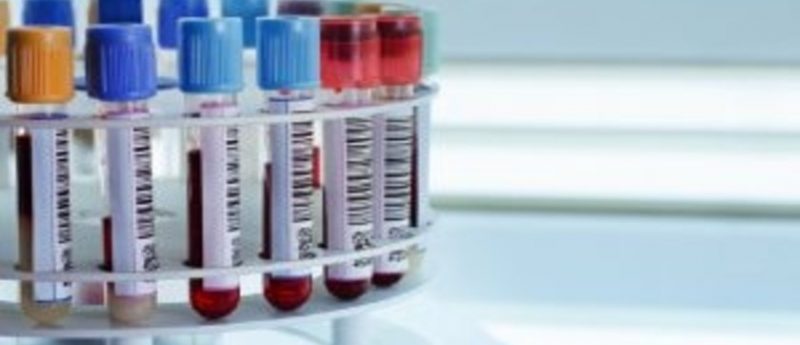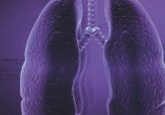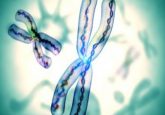Liquid biopsies demonstrated to be clinically useful for advanced lung cancer

New research from the Abramson Cancer Center at the University of Pennsylvania (PA, USA) has demonstrated that circulating tumor DNA (ctDNA) next-generation sequencing (NGS) is clinically relevant and comparable to traditional tissue NGS.
With the “Cancer Moonshot Blue Ribbon Panel Report 2016” calling for more efforts toward non-invasive biomarker testing, Erica L Carpenter and colleagues evaluated liquid biopsy in a bid to solve issues inherent with current processes, such as difficulty in performing tests serially and the often inadequate DNA yields.
One hundred and two consecutive patients were enrolled between February 2015 and March 2016. All patient samples, which were primarily female (68%) and suffering adenocarcinoma (81%) and stage IV disease (96%), underwent ultra-deep sequencing of up to 70 genes. These were matched with tissue samples where possible.
Among the 50 patients where tissue sampling was possible, 41 mutations were detectable in both samples. Twenty-four therapeutically targetable driver EGFR mutations were detectable in the tissue samples and 19 in the ctDNA samples. When the samples were obtained concurrently, concordance was nearly 100%. With discordance increasing with the length of time blood samples were taken after tissue sampling, the team hypothesized that blood testing could detect new mutations arising from treatment resistance.
Further experiments demonstrated that serial liquid biopsies aided clinical decision-making. The majority of patients were demonstrated to have a clinical trial, off-label targeted therapy, or FDA-approved therapy available for their mutation.
“This represents a bit of a paradigm shift,” noted Carpenter. “The tissue biopsy sequencing result has been considered the gold standard against which one compares the ctDNA result. Our work suggests that one can act on a ctDNA result, even in the absence of the so-called gold standard, and get a clinical response in these patients. It also offers the advantage of testing without discomfort to the patient and possible risks associated with invasive biopsies.”
While this research demonstrates the clinical utility of ctDNA testing, further evaluation of its utility as a complement to classic testing, and in the context of heterogeneous metastatic disease, needs to be performed. Furthermore, patients who may be candidates for checkpoint inhibitors will require evaluation.
“The ever-expanding number of targeted therapies for lung cancer patients has been accompanied by a need for diagnostics with real-time detection of therapeutically targetable mutations,” noted Corey J Langer, a treating physician on the trial. “More and more, liquid biopsies are proving to help fill this need. While tissue samples will likely remain a major part of the initial diagnostic process, this non-invasive approach appears to be another powerful tool in our toolbox to help determine the best course of treatment for lung cancer patients.”
Sources: Thompson JC, Yee SS, Troxel AB et al. Detection of therapeutically targetable driver and resistance mutations in lung cancer patients by next generation sequencing of cell-free circulating tumor DNA. Clin. Cancer Res. doi:10.1158/1078-0432.CCR-16-1231 (2016) (EPub ahead of print); Penn Medicine press release: Case for Liquid Biopsies Builds in Advanced Lung Cancer.





